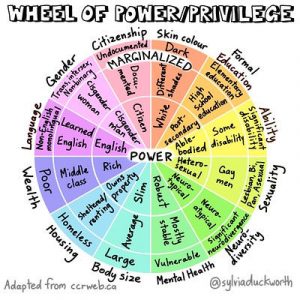Module 1 Post 1
I am going to focus on indigenous education in Canada and as I embarked upon video research, I found a 7-part UBC lecture series for my first blog entry. Below I have included links and short summaries of each section. My subsequent blog posts for Module 1 will follow up with additional material and commentary of issues which intruigued me most throughout the video series. The final post of this blog series with be reflection, reflexion and questions of agency.
Introduction speaks to the importance of Truth and Reconciliation for Indigenous peoples in Canada and Internationally. It introduces the concept of disruption for awakening. It also introduces the 94 Calls to Action.
Topic 1 reminds us that colonisation is something that is still happening now and that we all need to take an active role in deconstructing and reconstructing our relationships with each other and with the land. It talks about “unsettling the settler” and moving beyond rationalizations of the “perfect stranger” that promotes romanticized Indigenous images, rationalizes settler presence on Indigenous land and abuses natural resources to sustain a destructive lifestyle on the Earth and its People.
Topic 2 reviews the Canadian colonial history of schooling and compares a Western liniar notion of time to a circular Indigenous spiraling ideation. The Medicine Wheel is discussed and the ideas of agency and resistance are introduced.
Topic 3 introduces various indigenous theories of learning and educational frameworks through the lens of culturally responsive education (CRE) and socio emotional learning (SEL) to ensure the continuation of relationship building through story.
Topic 4 elaborates on stories by emphasizing their place in Indigenous pedagogy and relaying their social and moral lessons for the listener.
Topic 5 introduces the concepts of land as teacher and land as pedagogy in order to ‘metissage’ the curriculum; or in other words, to braid the true colonial history into the curriculum. It reminds us that Indigenous concepts of life and knowing are embedded in the land as a source of knowledge and experience.
Topic 6 challenges educators to confront their own prejudices, power and privilege. This concluding section of the video series reminds us that due to a circular Indigenous worldview, our contemporary actions can have an impact on the 7 Generations destroyed through Residential Schooling in Canada, although Simpson also warns us from being too focused on residential schools rather than the greater policies and relationships that allowed such schools to run for 100 years.
Leanne Simpson: As We Have Always Done: Indigenous Freedom Through Radical Resistance – YouTube
